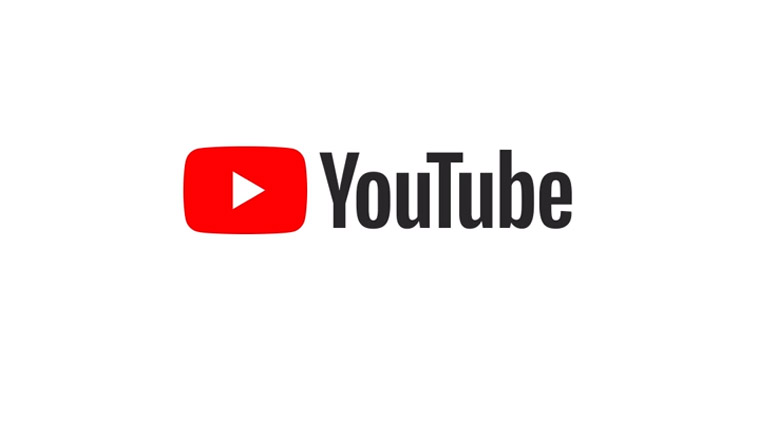
The subterranean entrance to the Louvre, an inverted pyramid
Four and a half years ago, I left my role at Google as a product manager to join the team at Redpoint. The transition became the biggest professional challenge of my career up to that point. Suddenly, I was working with a smaller team, managing massive ambiguity in job definition, time allocation and decision-making, and giving up the adrenaline of launch day.
But far and away my biggest challenge was effective communication. I simply couldn’t articulate my points in convincing ways. During the first few weeks, I felt like an ineffective babbling mess. What had worked at Google was failing at Redpoint.
What was the problem? I asked myself enraged. I felt exposed as an incompetent. I had presented tens of times to the executive committee and the higher ups at Google without any problems like these.
So I did the only thing I could think of; I spoke to a few friends at consulting companies. After all consultants must deliver persuasive arguments to many different levels of leadership in many industries across disciplines.
One friend in particular just handed me a book, which as I found out later is a sort of consulting bible, the Minto Pyramid Principle. The MPP is a book of design patterns for making arguments. It’s what a master computer programmer might have written on the topic of arguments with step-by-step construction.
Reading through the MPP I realized my mistake: the communication styles at Google and Redpoint were polar opposites. Google preferred an engineer’s communication methodology, which is the scientific method verbalized. When pitching a new product, I detailed the observations, product hypotheses, experimental design, results and conclusion in that order. The discussion focused mainly on the experimental design and the biases in the results and the implications for the conclusion.
Contrast this building structure with the inverted pyramid structure found in journalism, in consulting and at Redpoint which all begin with the conclusion. By starting at the conclusion, the group would decide whether or not to spend any time on a project. If the partners wanted more detail they would ask. This idea is called the inverted pyramid. It’s not new, but it was novel to me.

After a few years transitioning from the scientific method to the inverted pyramid, I’ve concluded there is a place for both and the constitution of the audience dictates which to use when. Technical conversations or highly exploratory conversations like product design, engineering design or the like benefit from the scientific method. These conversations require in depth analysis and lots of context setting.
But most other types of conversations, internal communications with a company or with the public through press demand a distilled attention grabbing and focusing communication style. There is simply too much noise otherwise.
There are some founders and product managers and engineers who can flip between the two techniques effortlessly. They are master communicators because they are fluent in both languages. In retrospect, I think some of the very best leaders have this capacity.
Four years on with the inverted pyramid, I have to credit the friend who passed on the Minto book to me. I think about the principle each time I write a post or prepare a memo or speak at a board meeting. I hope you will find it as valuable as I did.






